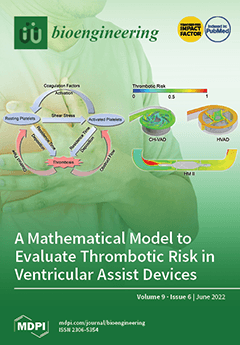Odor released from the sewage sludge composting process often has a negative impact on the sewage sludge treatment facility and becomes a hindrance to promoting compost technology. This study investigated the effect of adding KNO
3 on the emissions of volatile sulfur compounds,
[...] Read more.
Odor released from the sewage sludge composting process often has a negative impact on the sewage sludge treatment facility and becomes a hindrance to promoting compost technology. This study investigated the effect of adding KNO
3 on the emissions of volatile sulfur compounds, such as hydrogen sulfide (H
2S), dimethyl sulfide (DMS), and carbon disulfide (CS
2), during sewage sludge composting and on the physicochemical properties of compost products, such as arylsulfatase activity, available sulfur, total sulfur, moisture content, and germination index. The results showed that the addition of KNO
3 could inhibit the emissions of volatile sulfur compounds during composting. KNO
3 can also increase the heating rate and peak temperature of the compost pile and reduce the available sulfur loss. The addition of 4% and 8% KNO
3 had the best effect on H
2S emissions, and it reduced the emissions of H
2S during composting by 19.5% and 20.0%, respectively. The addition of 4% KNO
3 had the best effect on DMS and CS
2 emissions, and it reduced the emissions of DMS and CS
2 by 75.8% and 63.0%, respectively. Furthermore, adding 4% KNO
3 had the best effect from the perspective of improving the germination index of the compost.
Full article






